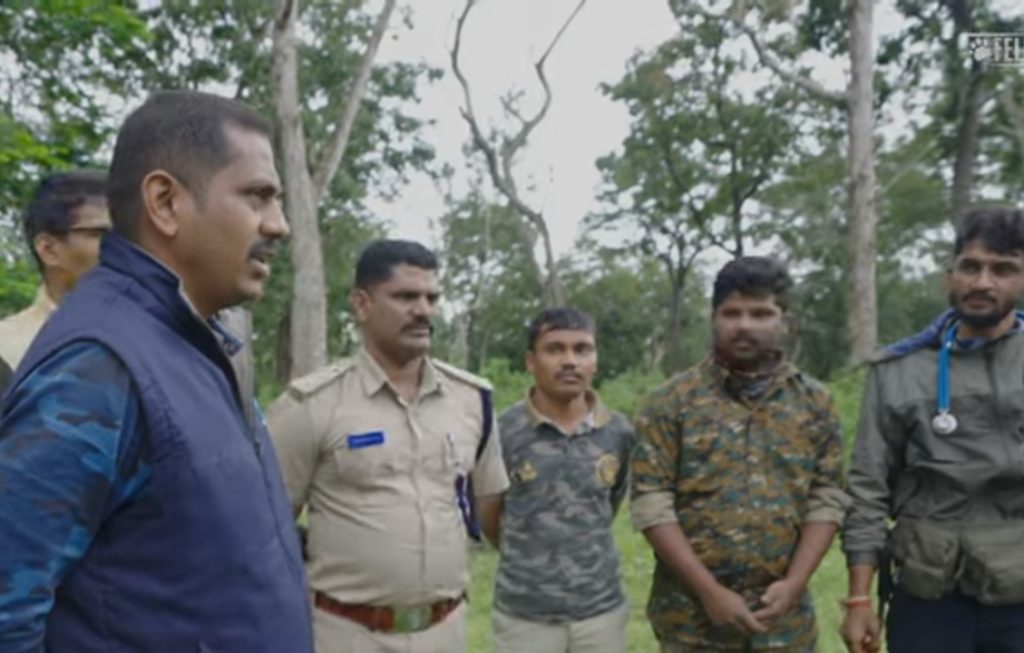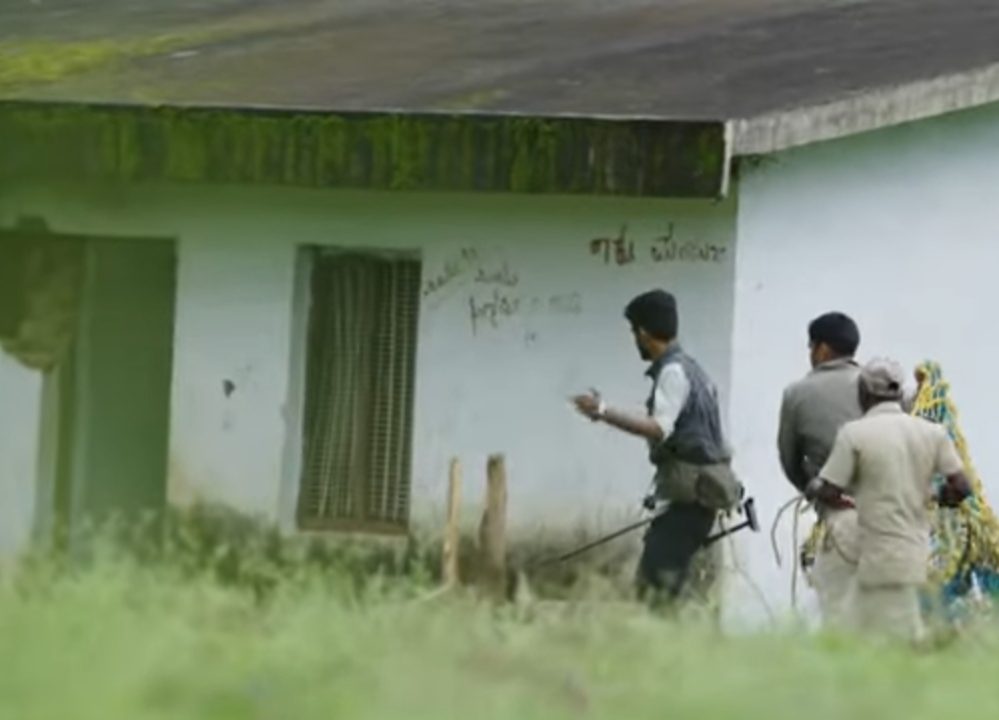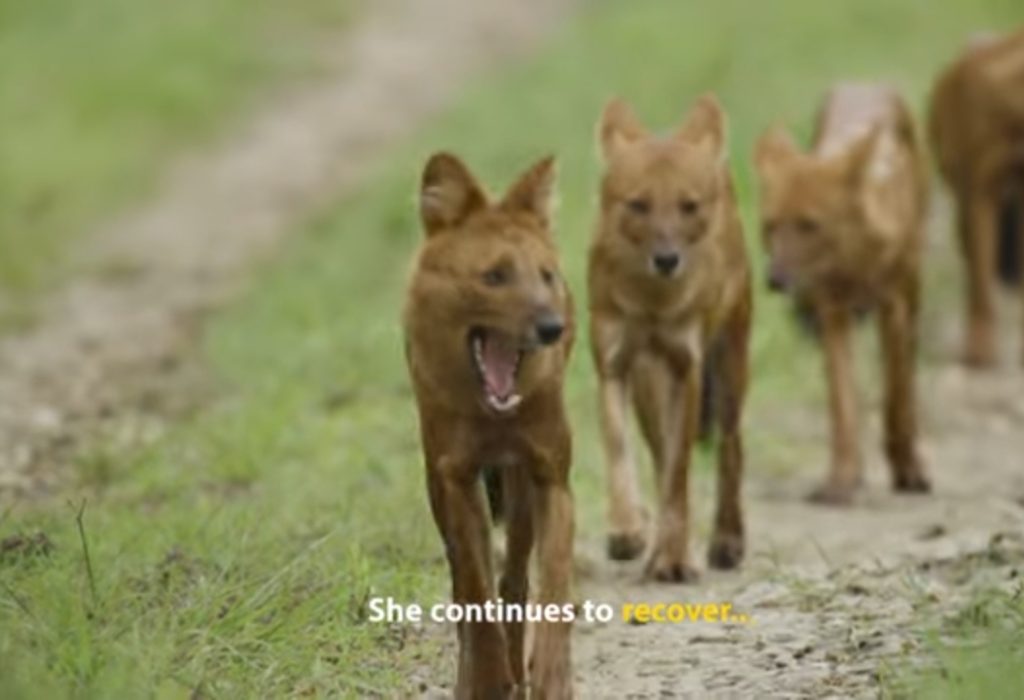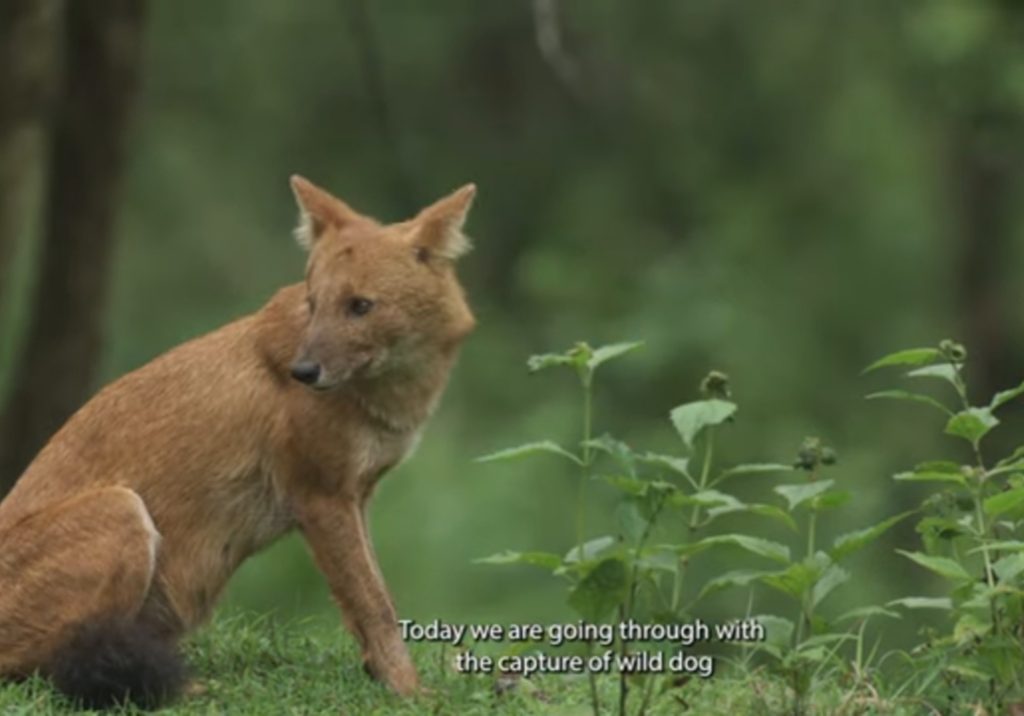The Asian Wild Dogs, notorious for even attacking tigers, have been struggling to survive for many years. Popularly called Dhole, their rust-coloured packs have faced persecution since British Raj in India. In fact, these hounding dholes may need more attention than the tigers, with their overall population being confined to Central (Some parts) South and Southeast Asia to a meagre 2,500.
Protected under the Wild Life Protection Act of 1972, these ruthless hunters are mostly seen in Maharashtra, Karnataka and Madhya Pradesh. The efforts put in have brought up the dhole population in the Nagarahole Tiger Reserve in Karnataka to somewhere between 100-200 and it has been quietly growing.
Recently, the NTR officials conducted an operation successfully in treating an injured dhole and returning it to the wild.

HISTORICAL PERSECUTION
The Wildlife Conservation Society – India said in its study that the dhole population in India
especially in the Western Ghats had declined rapidly till 2015. Apart from habitat loss and prey-base reduction, they also faced retaliatory killings, being projected as a threat to livestock.
DCF, Nagarhole, Mr. Harsha Kumar Chikkanaragund made a startling discovery that a pre-independence order issued under the British allowed the rampant killing of the species till 1960. They faced the threat of bounty hunters for years apart from diseases that quickly consumed whole packs.

After Project Tiger, the conservation of dholes also gained prominence. “Tiger is a flagship species and its conservation effort includes saving all the prey and carnivore species around it,” Mr. Harsha explained.
INDICATORS OF HEALTHY FOREST
Dholes hunt in packs and are believed to be better hunters than most big cats.
Less than 30% size of a wolf, these wild dogs are not even afraid of tigers. Hunting mostly early mornings or late evenings, these carnivores play an important role in the forest’s ecological balance.
“The growth in dhole population is an excellent indicator of the good health of forest and habitat. They play an important role in managing the prey population,” the DCF said.
In Nagarahole, we see their significant growth which means our management strategies are working, he added. The NTR Forest Department, which in the first of its kind in Karnataka, treated an injured tiger and dhole back-to-back returning them to jungle, is giving equal importance to both species and ensuring they are in good health and breeding.

INJURED DHOLE
Recently, a dhole was found injured with a plastic wire entangled around its neck.
Mr. Harsha recounted how it took his team all of seven days just to track and capture the dog.
“They are a very erratic species. It is difficult for them to sit in one place for over a minute. Only when they are struggling with some injury or showing symptoms of disease, do they seek a
place secluded,” said the officer.
“Capturing a tiger for treatment was easier than the dhole,” Mr Harsha said. A team of forest department staff accompanying a documentary shooter reported the dhole injury first. After a lot of struggle, the animal was located inside an abandoned house.

SPLENDID JOB
The real struggle began there. Dholes can instill fear in anything. So the team locked it up in the building securing all openings.
“Then a hole was made in the walls and darts were fired at the dhole ensuring it used the only opening to escape, that’s how we captured her,” Mr Harsha explained.
After the treatment, she was released in the wild. “Now, she has united with the pack. This was the first of such operations in India,” he added.
The forest team of Nagarahole is doing a splendid job.


















